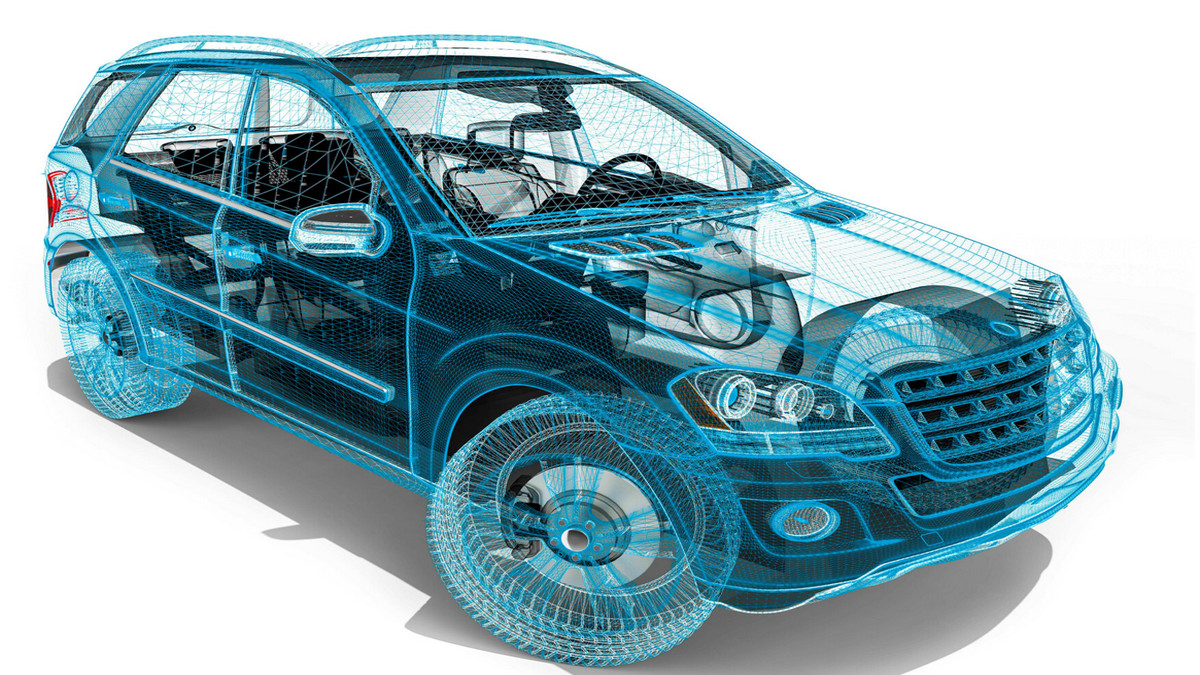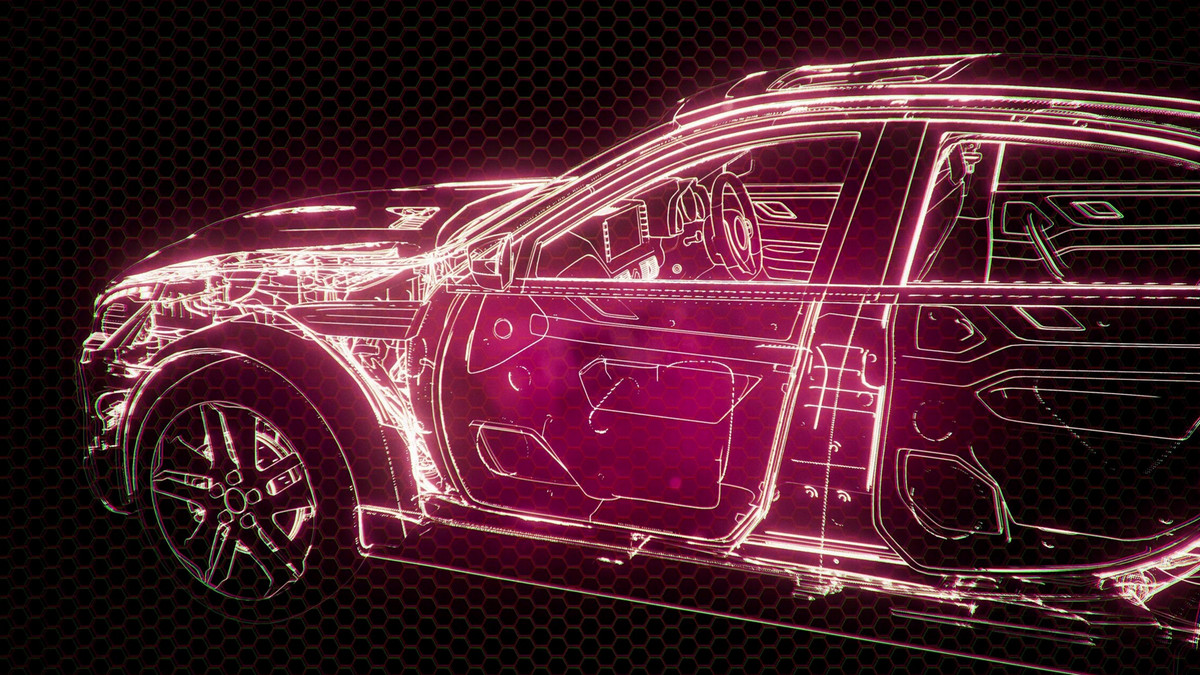As electric vehicles and hybrid vehicles gradually gain popularity in the market, automotive electronic systems may become the key technology areas that are most valued by various electronic system suppliers. Advances in technologies such as electronic active suspension technology and electric vehicle drive systems in the automotive industry have continued to expand the application of power electronic systems in the automotive field.
The Pursuit of More Comprehensive Vehicle Security and Driving Safety Continues to Drive Up the Future Demand for Automotive Electronics and Sensors
It is reported that the global automotive electronics market is expected to reach US$392.49 billion in 2028. From 2022 to 2028, it will grow rapidly at a compound annual growth rate of 7.9% The automotive electronics market in the Asia-Pacific region accounts for about 41% of the overall global demand, and the annual average compound growth rate is expected to be as high as 8.3%. At present, the market demand in the Asia-Pacific region is mainly supplied by China, India and Japan.
China is not only the world's manufacturing center, but also one of the fastest-growing major economies. At the same time, Chinese automakers are taking advantage of its advantageous market conditions to try to dominate market trends. In addition, after the Prime Minister of India came to power in 2020, he announced reforms and shouted "Replace China as the world's factory!" The Make in India campaign is also expected to attract investment in the automotive industry, thereby promoting the growth of automotive electronics demand.
At the same time, the booming electronic component manufacturing industry in Taiwan, South Korea, Malaysia and Thailand has also become another reason for the rapid growth of the automotive electronics market. Benefiting from local demand, there are few automotive electronics manufacturers at present, and it has become an excellent investment opportunity for regional suppliers, which in turn makes investors turn to other Asia-Pacific markets.
It is reported that the compound annual growth rate of the automotive sensor market from 2022 to 2028 is forecast to be 3.8%. The application areas of automotive sensors include detection of physical parameters, proximity sensing, vehicle positioning, engine and body sensors, chemical parameters, and sensing of various program variables. The current government policies on passenger safety and vehicle security will also help drive the revenue growth of the automotive sensor market. These sensing devices, which can detect parameters such as vehicle temperature, speed, tire pressure and tire condition, have become standard in newer vehicles, enabling them to predict hazards and take preventive measures while driving.
No matter in developing or developed countries, reducing the probability of traffic accidents has become a common goal all over the world, so that people's requirements for vehicle safety or security continue to increase. This also pushes up the market demand for automotive electronic products. The increasing demand for self-driving vehicles and advanced automotive technology is also another driver. High-tech features such as accident data recording systems, emergency call systems and alcohol locks have raised the need for automotive sensors to another level of importance.
With the advent of advanced vehicle safety system functions such as blind spot detection and automatic emergency braking, the market acceptance has become higher and higher. The demand for automotive electronic controllers (ECUs), sensors, control systems, and the parts and components for these functions continues to increase. Traffic regulations will also gradually incorporate these safety system features, paving the way for a future where autonomous vehicles are commonplace.
The Automotive Electronics Field Will Expand in The Future, and the Specialization of Component Manufacturers Will Continue to Increase
With the automotive industry striding towards the development of intelligence and electrification, the automotive electronics market has expanded rapidly. As auto parts manufacturers become more and more specialized, sometimes they play a more important role than contract manufacturers by virtue of technological innovation in certain fields. In the advanced smart vehicle market, with unlimited business opportunities, the development of breakthrough technologies in the field of automotive electronics such as advanced driver assistance systems (ADAS), vehicle networking technology, and electric vehicle development will not only have unlimited market potential, but will also have a profound impact on the automotive industry.
Four Major Driving Forces Affecting the Development of Automotive Electronic Systems
The main drivers of automotive electronic systems fall into four categories - technology push, software-defined vehicles, business model disruption, and customer pull.
Technology Push
Technologies such as IC technology, networking technology, battery-powered electric vehicle (BEV) technology, and autonomous driving (AV) technology will drive the evolution of the automotive vehicle industry.
IC technology has always been the most important element, and its influence is unlikely to disappear. Chip technology will continue to drive the evolution of electronic technologies. Although semiconductor process evolution has been slower than it was a decade ago, other innovations, such as chip packaging technology, continue to drive new advances, such as system-in-package (SiP) components.
The rapid evolution of sensor technology is also largely due to the progress of IC technology, including its use in cameras and radar technology, etc. These technologies are indispensable in advanced driver assistance systems (ADAS) and autonomous vehicles, and are continuing to be improved. Lidar and far infrared are rapidly evolving and becoming more cost effective, and will continue to become more important for autonomous vehicles.
Autonomous driving technology is on the rise and could significantly impact the vehicle and transportation industry in the coming decades. High-tech sectors and automakers are scrambling to invest in developing software platforms that can win in the long run, but the safety and reliability of autonomous vehicles will be a major challenge and will see more new standards and regulations.
Software Defined Vehicle
any vehicle that, and enables new features primarily or entirely through software.
Vehicle software technologies and platforms that add functionality are the main elements of software-defined vehicles. Because of the need for more advanced software platforms and middleware platforms, Domain Electronic Control Units (Domain ECUs) are driving the growth of software-defined vehicles. The cockpit domain ECU is currently the leading development category, with the ADAS domain ECU looking to be the next growth category.
Connected vehicle applications have also been growing, but are becoming the arena for high-tech players, as smartphone applications are taking over as part of in-vehicle infotainment systems. Most vehicle users prefer an in-vehicle infotainment system that has the same user interface as a smartphone, because the latter is usually better than the one developed by the automaker. Smartphones have won this war, and high-tech players have dominated the content of telematics systems.
Over-the-air (OTA) updates and cybersecurity have become necessary features, but automakers have been slow to implement these two technologies. However, things have changed - at least in the OTA sector, and OTA’s cost-saving software update functions are generating new revenue through functional software updates.
Automakers are ambitions to keep software development in-house, but so far this has been more difficult than expected. However, for the long-term, car manufacturers will continue to improve their own software capabilities, which is a correct strategy.
Cloud-based software-as-a-service (SaaS) platforms are influencing automotive software in many stages. Services such as Amazon AWS and Microsoft Azure are gaining more and more new customers in the automotive space. Cloud SaaS platforms are continuing to increase in many industries, and are set to conquer the automotive industry.
Disruption of Business Models
Mobility as a Service (MaaS), is slowly emerging and having a disruptive impact on business models. It is being tested in places like the US and China. Self-driving-based uses include self-driving trucks, (including local and long-distance freight), self-driving taxis, and fixed-route self-driving cars.
The SaaS business model brings more software business opportunities to the automotive industry as cloud platforms become indispensable. Even the realization and payment for some car functions are done through SaaS or pay-per-use.
New aftermarket business models are also developing in the vehicle usage phase, an example being the Data-as-a-Service (DaaS) model that monetizes vehicle data. Functional software updates are also a major new business opportunity for automakers, and is the main reason they are accelerating OTA deployments.
Customer Pull
With customer pull, it is particularly important to note that some of the impact comes from safety and related regulations. Price and cost are always important, and this is especially evident in the competition between battery electric vehicle (BEVs) and internal combustion engine (ICEV) vehicle technology - BEVs will outperform in terms of purchase price, operating costs, and maintenance costs by 2025, and their purchase price will be similar to that of ICEVs on many models. BEVs will have an even greater advantage by 2030, when charging infrastructure will be more adapted for BEV usage patterns.
In addition, as the New Car Assessment Program (NCAP) and the Insurance Institute for Highway Safety (IIHS) ratings have become increasingly influential in the decision-making of vehicle buyers, the importance of safety is also increasing. This trend looks set to continue as more and more safety regulations are expected to emerge over the next five years.














